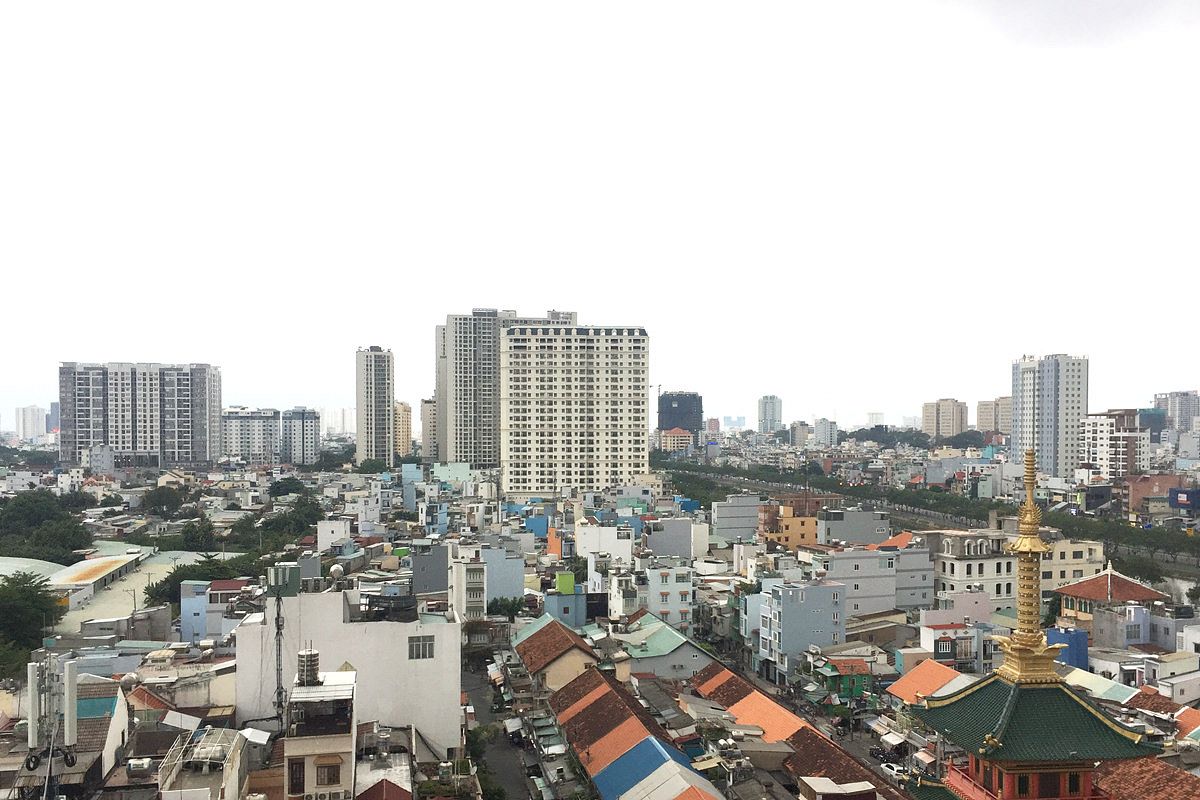In recent years, Vietnamese are visiting convenience stores more frequently while foot traffic in traditional markets gradually dwindles.
According to Zing, as researched by Nielsen, the number of convenience stores in Vietnam has quadrupled since 2012, with 1,800 in Saigon alone. These types of businesses are growing faster than traditional shops and trade centers.
These figures are among the fastest-growing in Asia, and they are showing no signs of stopping. Along with this growth comes fierce competition among big companies such as Vinmart+, Circle K, Shop & Go, Ministop, B's Mart and Family Mart. Other Asian retailers such as GS25 from South Korea and 7-Eleven from Japan have also been tempted by the increasing purchasing power and the potential market in Vietnam. The future is undoubtedly bright for convenience stores.
According to the latest report of Nielsen on global shopping trends, Vietnamese people now shop at convenience stores four or five times per month, compared to 1.24 times a month in 2010. Meanwhile, the number of monthly visits to traditional markets has declined from 25.17 times in 2010 to 18.86 times in 2018. The figure for supermarkets is dropping as well, as people now take 2.45 trips per month compared to 3.26 eight years ago.
These changes by no means indicate that convenience stores will completely replace traditional markets, as 19 market visits per month is still an impressive figure. Nonetheless, the sheer number and ubiquity of convenience stores are making it harder for local vendors and mom-and-pop shops to stay afloat.
Fast moving consumer goods (FMCG) profits for modern retailers in urban areas have increased by 11.3% in the last two years according to Cafebiz, beating the 10% growth seen by traditional retailers.
Gaurang Kotak, head of consumer behavior research at Nielsen Vietnam explained the causes behind these discrepancies to Zing, sharing that customers in urban areas have less time for shopping as they have to travel long distances between home and work while dealing with traffic jams on a daily basis. Therefore, convenient options are the easier choice.
Research from Nielsen also suggested that besides convenience stores, Vietnamese consumers also favor mini markets, beauty product shops, pharmacies, and grocery stores recently. The news source points out that the number of shopping trips to these types of businesses stores is relatively higher compared to those in 2010.














